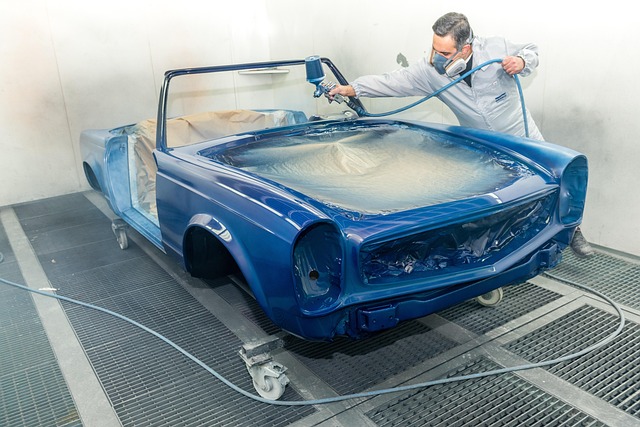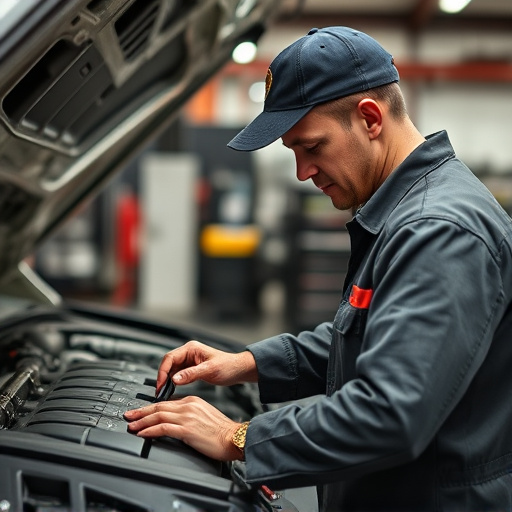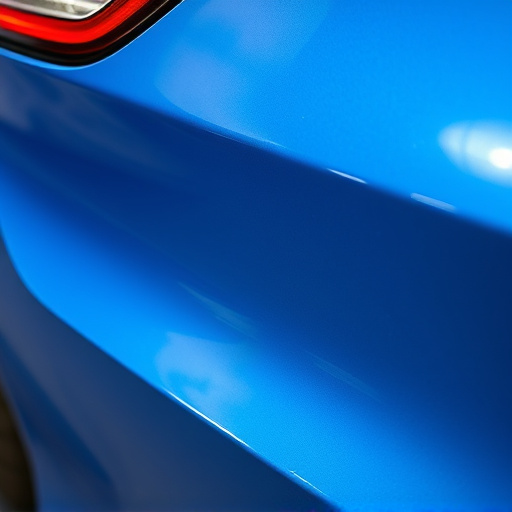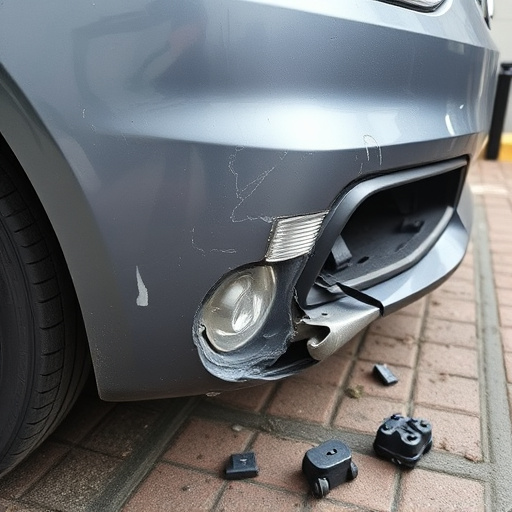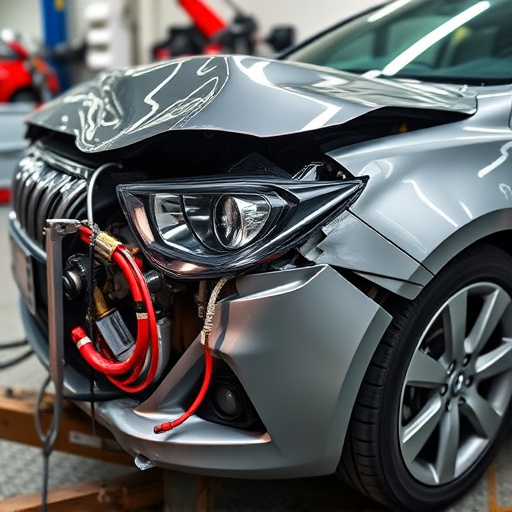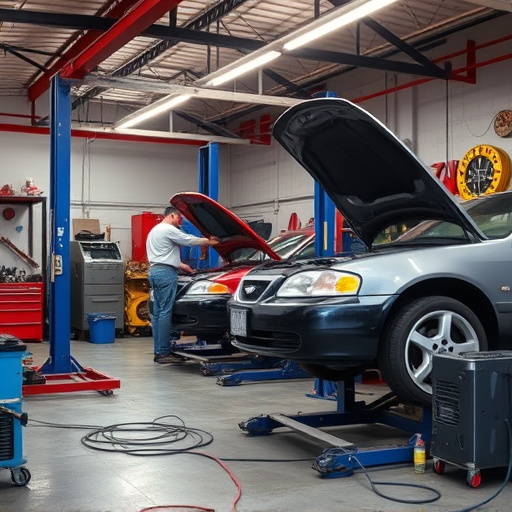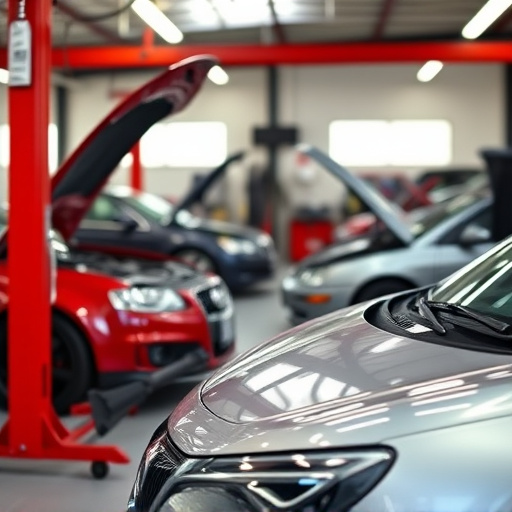Heat-affected damage (HAD) is a significant issue in auto repair, causing metal degradation. Advanced welding equipment with precise heat control and cooling mitigates HAD, enhancing repair quality and efficiency. These technologies create strong, clean welds, maintain structural integrity, and appeal to both businesses and customers. Future advancements in robotics, automation, and CAD promise even more accurate and productive welding, raising industry standards and potentially reducing costs.
Advanced welding equipment is transforming industries by minimizing heat-affected damage (HAD), a significant concern in high-temperature processes. This article explores the intricate relationship between modern welding technology and the reduction of HAD, delving into its causes and impact on materials. We examine how sophisticated machines, with precise control over heat input, arc characteristics, and cooling rates, mitigate these issues. Additionally, we discuss the benefits and future prospects of integrating advanced welding equipment for enhanced efficiency and material integrity.
- Understanding Heat-Affected Damage: Causes and Impact
- The Role of Advanced Welding Equipment in Mitigation
- Benefits and Future Prospects of Using Modern Technology for Precision Welding
Understanding Heat-Affected Damage: Causes and Impact
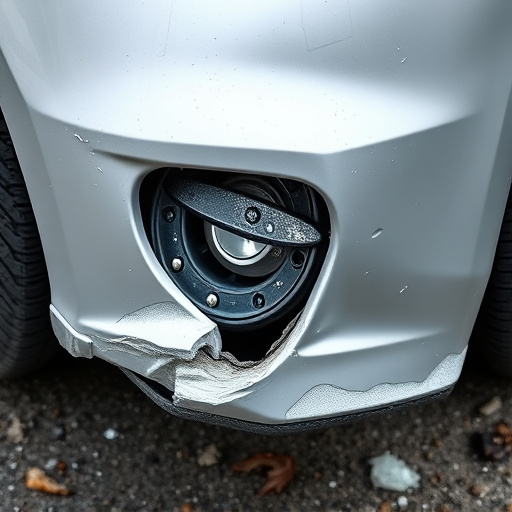
Heat-affected damage (HAD) is a common issue that occurs during welding processes, particularly when using traditional equipment. It refers to the degradation or transformation of materials due to excessive heat exposure. This damage can manifest in various ways, from surface changes like burning and charring to more severe internal structural alterations. The primary causes include improper weld settings, inadequate cooling rates, and suboptimal material properties.
In the realm of vehicle repair services and auto detailing, HAD can significantly impact the aesthetics and integrity of car body restoration projects. It may lead to warping, cracking, or even melting of metal components, making it a costly concern for professionals. Advanced welding equipment, with its precise control over heat input and cooling capabilities, plays a pivotal role in mitigating these issues. By employing cutting-edge technology, welders can achieve more controlled and consistent results, ensuring minimal heat-affected damage to the materials being joined.
The Role of Advanced Welding Equipment in Mitigation
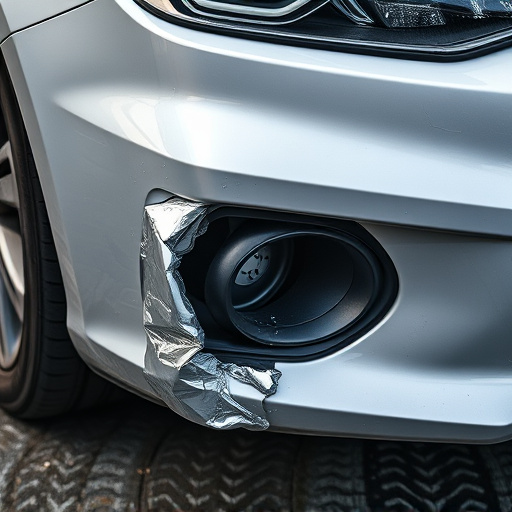
Advanced welding equipment plays a pivotal role in mitigating heat-affected damage during the repair and restoration process, particularly in an automotive body shop setting. These innovative tools are designed to deliver precise and controlled heat, minimizing the risk of warping, distorting, or damaging surrounding materials. In the realm of auto maintenance, where dent removal and precision are paramount, advanced welding equipment ensures that repairs are not just visually appealing but also structurally sound.
By employing these cutting-edge technologies, automotive body shops can achieve superior results without incurring the costs or consequences associated with traditional, more aggressive heating methods. This not only enhances the quality of repairs but also streamlines the process, making it more efficient and cost-effective for both businesses and their customers in need of top-notch auto maintenance services.
Benefits and Future Prospects of Using Modern Technology for Precision Welding
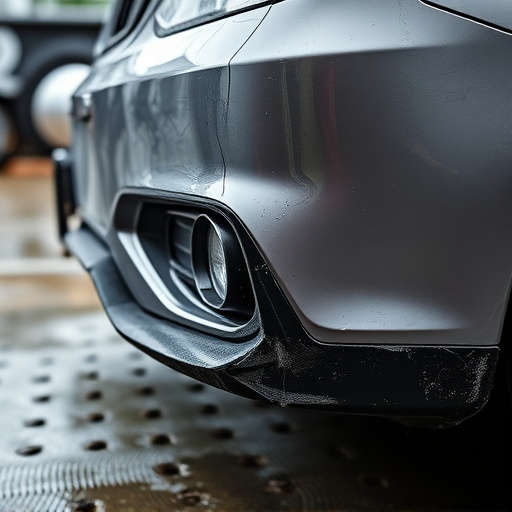
The integration of modern technology into precision welding processes offers numerous benefits for industries such as automotive, especially in collision repair centers and bumper repair shops. Advanced welding equipment is designed to deliver controlled heat input, minimizing the risk of heat-affected damage during the repair and refurbishment of vehicle components. This technology ensures that welds are strong, clean, and precise, maintaining the structural integrity and aesthetic appeal of the repaired parts.
Looking ahead, the future prospects of using modern technology for precision welding are promising. With ongoing advancements in robotics, automation, and computer-aided design (CAD), collision repair shops can expect even more efficient and accurate welding processes. These innovations will not only enhance productivity but also enable the creation of intricate designs previously challenging to achieve. As a result, advanced welding equipment is poised to play a pivotal role in raising industry standards, ensuring higher-quality repairs, and potentially reducing costs for both businesses and their customers.
Advanced welding equipment, with its precision capabilities and ability to precisely control heat input, plays a pivotal role in reducing heat-affected damage. By employing modern technology, industries can achieve superior weld quality, enhance material integrity, and minimize the detrimental effects of excessive heat. The benefits extend beyond cost savings; they contribute to safer working environments and the creation of more durable final products. As welding techniques continue to evolve, the adoption of advanced equipment will remain a key strategy in the manufacturing sector for years to come.
